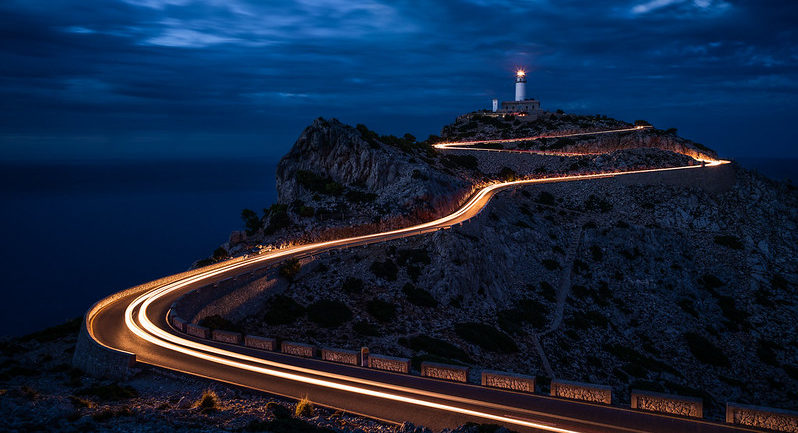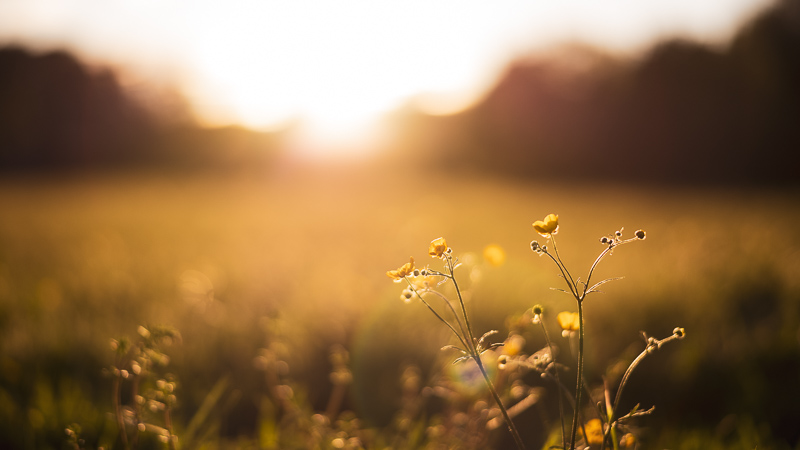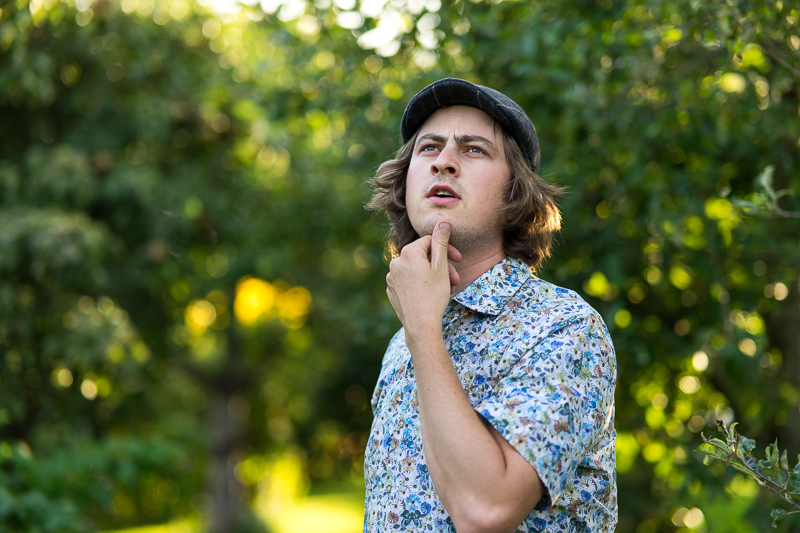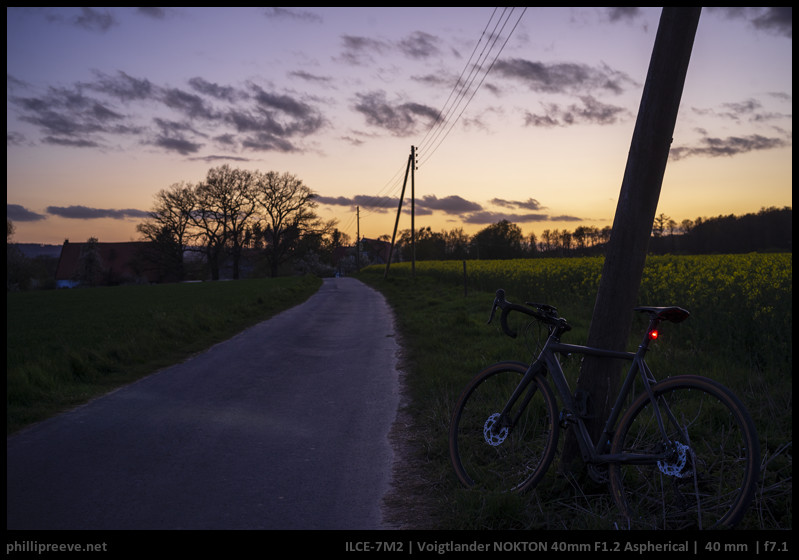
So, Phillip: You haven’t published an article for three months: Where have you been? Well I sat in front of my PC for work a lot but I also was out in nature on my bike with a camera bag on my back.
Enjoying the freedoms C19 left
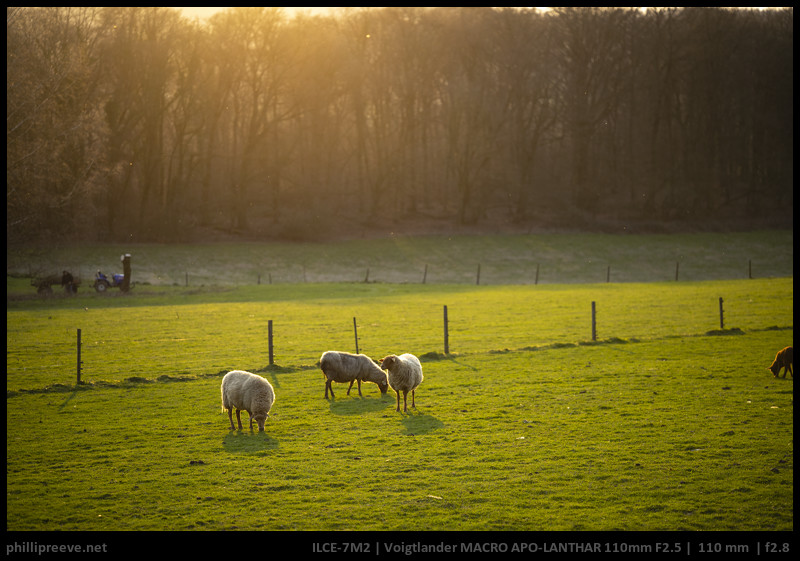 16.3.20: The first day schools were closed in Germany
16.3.20: The first day schools were closed in Germany
I am a teacher so my daily routines changed completely with the closure of schools: I had no longer to be in school by 8am which gave me the freedom to do early morning rides but at the same time my workload increased significantly since new formats had to be developed to fit the new setting, individual feedback took a lot of time and digital tools had to be deployed and colleagues trained in them. So my hours in front of the PC increased a lot, so much so that it would have been stressful to invest even more hours to produce any blog content. A big thanks to Bastian and also to David and Juriaan wo kept the blog alive in the last months.
While C19 took many liberties I tried to make the most of the liberties which C19 left. Riding my bicycle in the early hours when none is around was still allowed under our relatively liberal lockdown rules.To me there is no better place to find respite from the turbulences of life than getting up with the sun and riding through the forest on a cold morning or slightly less frosty evening all by myself. We also had very sunny weather for weeks which I used to experience and capture the spring like no spring before. I want to share some of the many pictures I took in this article.
